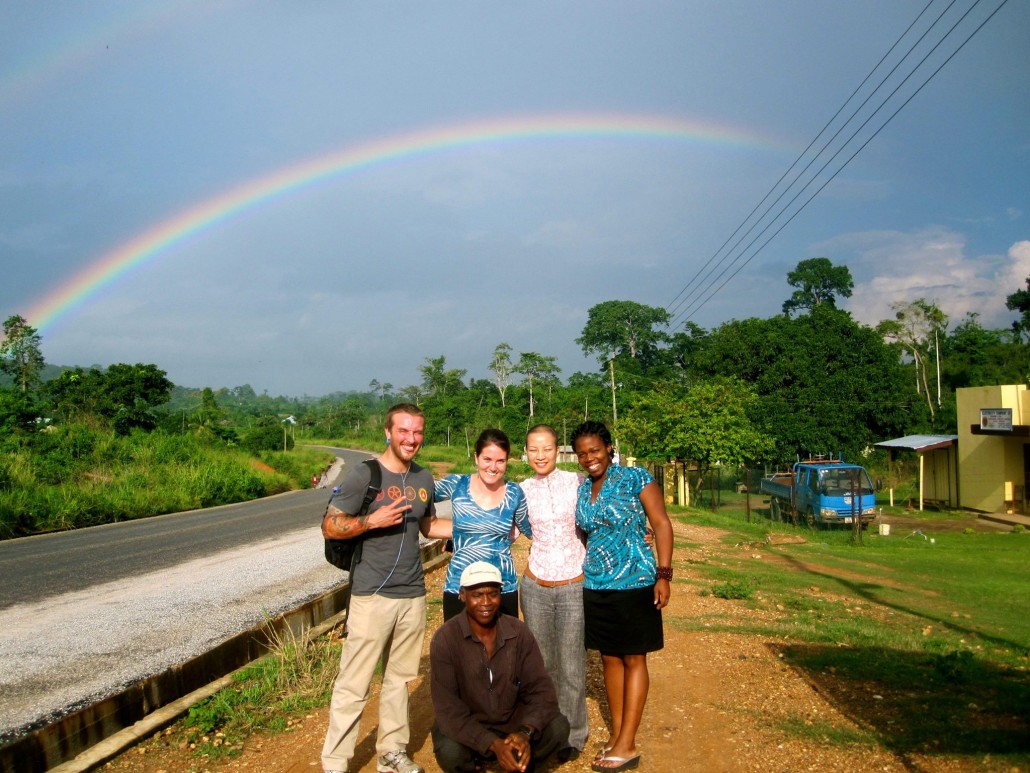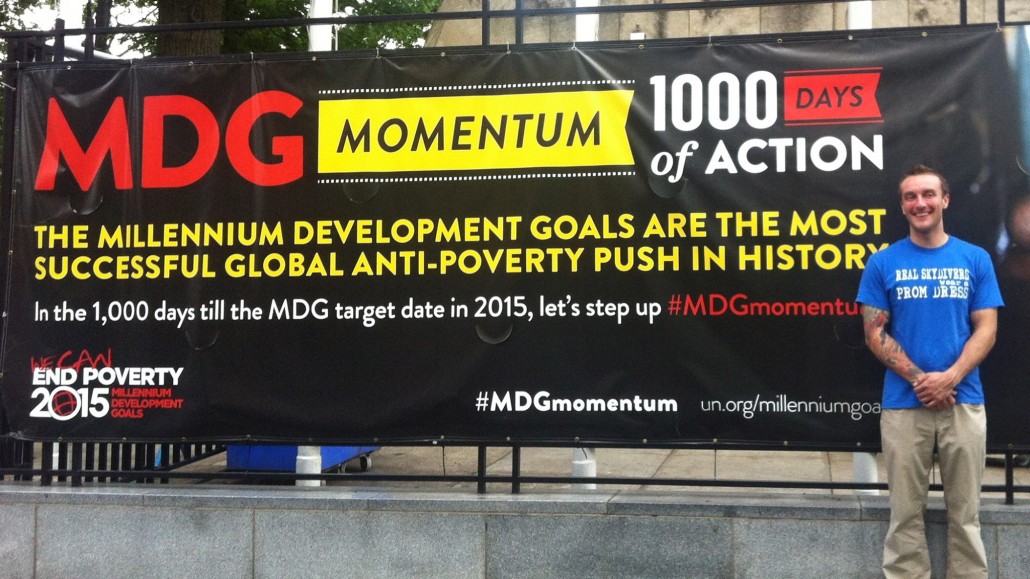Its Never Too Late
Vietnam changed my life – Twice! The first time I was an infantry platoon leader immersed in one of the United States’ longest and ugliest wars. I lost my innocence. At 24-years old I learned violence and commanded violent men, who wrought brutality on people different from us. But at the time we thought that we were doing something noble because our country asked it of us.
The second time Vietnam changed my life I was in my 60s and had returned with my wife, Elaine Head, on a journey of reconciliation. I hoped to expunge my ghosts. And as I did. We discovered a Vietnam that was vastly different from the one I had known four decades earlier. We found peace and forgiveness, and overwhelmingly friendly and welcoming people in a beautiful, yet bewildering country. We found a culture of contradictions: Communist government and Capitalist economy, modern cities and dirt poor villages, cell phones and computers juxtaposed against hand-lifted rail crossing barriers.
We also found a country rife with social problems: poverty, disease, repression, corruption, a disproportionately high number of people with disability (PWD), male dominance, and child trafficking. But for me, two of the more compelling issues are legacies of the war.
- Thousands of people suffering from the lasting effects of Agent Orange, the herbicide sprayed on the countryside by U.S. forces. Those who are affected include people who were alive during the war, as well as many second and third generation victims who suffer horrendous birth defects and deformities.
- Rural areas vastly contaminated by unexploded ordnance left over from the war. As a result, hundreds of people, mostly children, are killed and maimed each year when they handle old bombs and artillery shells.
None of these scars are hidden in Vietnam, although sufferers of leprosy are still somewhat ghettoized. The stark realities that we encountered in remote villages and on city streets tore at our aging hearts. We had planned a placid retirement in our idyllic island community on Canada’s West Coast. Instead we threw ourselves headlong into volunteer work in Vietnam.
We discovered a social enterprize that specializes in helping PWD learn marketable skills as artisans and crafts persons and thus become integrated as productive members of society. We decided we wanted to help, but what could two people in their 60s with no experience in arts and crafts contribute? After all, most volunteers working for NGOs in Asia are young, zealous, idealistic and fresh out of university.
To our surprise, Binh (who is a wheel chair user himself) and his wife Quyen, the founders of Reaching Out, were enthusiastic about our business and management skills and welcomed us into their fold, encouraging us to come each year and stay for three months at a time.
We have now been traveling to and living in Vietnam every year for nine years. We have been making a difference despite, or maybe because of, our age and experience.
- Reaching Out Vietnam in the city of Hoi An, where we work as business advisors and customer service trainers, has grown from modest beginnings twelve years ago to 65 employees, all of them enjoying a standard of living they would not have thought possible before.
- The Hoi An chapter of VAVA (an Agent Orange victims’ assistance agency) has, at our behest and with funds we raise from other American veterans of the Vietnam War, initiated a micro-loan program which enables victims to create small business and become independent.
- Through our work with Children’s Education Foundation Vietnam, our fundraising efforts and organizational skills have helped more girls stay in school, thus reducing their vulnerability to trafficking.
So it’s never too late to begin in a small way to have an impact. If you want to know more about what we do, better yet, help us in our efforts, you can order a print version of our book, Back to Vietnam: Tours of the Heart. You can also order a Kindle version from Amazon.com. All proceeds will go toward helping the disenfranchised in Vietnam.
About the Blogger:
R. Bruce Logan is a retired U.S. Army officer. He served two one-year tours of duty in Vietnam during the 60’s and early 70’s. Since 2006, he and his wife, Elaine Head, have been engaged in doing humanitarian work among the marginalized in Vietnam. Together they have written a book describing their experiences, Back to Vietnam: Tours of the Heart, published in 2013. Bruce has recently completed a draft for a second book, Finding Lien, a novel dealing with the issue of child trafficking in Vietnam and Cambodia. Bruce and Elaine live on Salt Spring Island in British Columbia when not in Hoi An, Vietnam, which has become their second home.





